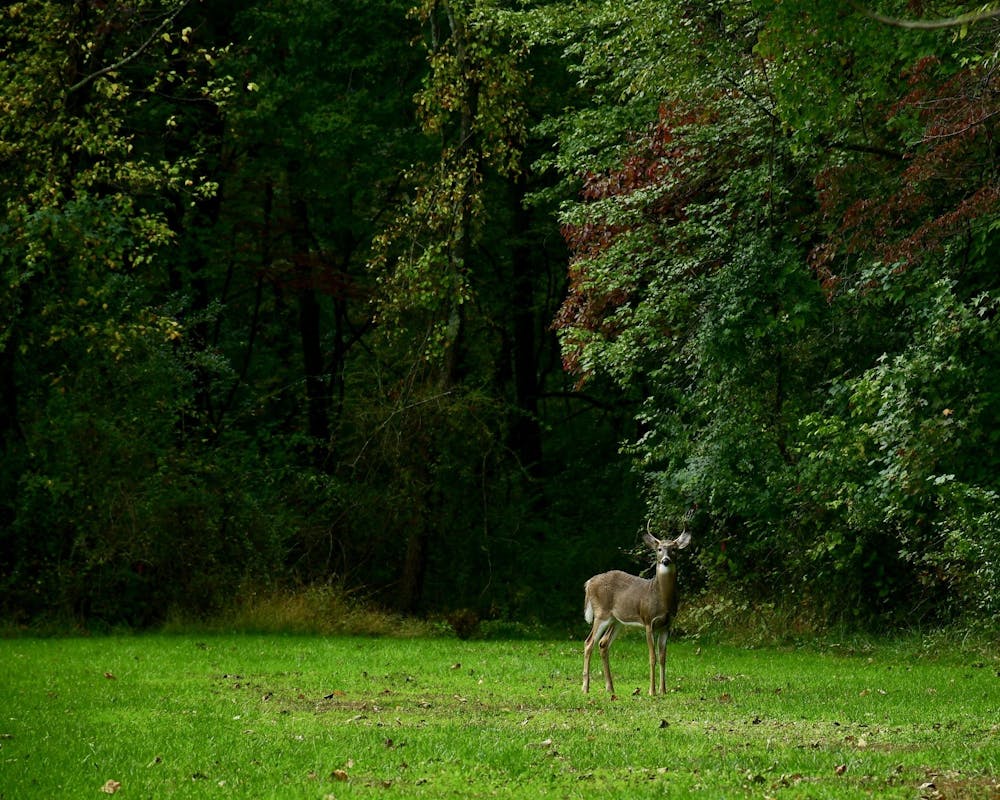All around us, state and local governments are taking measures to slow the spread of the COVID-19 epidemic. Schools are shutting down, leaving millions of children in the hands of parents for whom childcare, in the age of social distancing, is no longer an option. Small businesses are shuttered, straining our national economy.
Many Americans, in response to this newfound tense freedom, have turned to nature for respite. National parks have been flooded by waves of visitors; so, too, have state parks. In response, park officials in many regions, from Florida to the Rocky Mountain National Park, have begun closing their doors, turning people away from the safe haven that nature can provide.
While such closures appear to prevent unsanitary congregations of people, in the long run, they will lead only to more crowding and degradation of the natural areas that are open, undermining our overall attempts at social distancing.
This closure of parks is concerning, and it also illustrates the inadequacies in our current park system, highlighting the global need for more natural spaces on an increasingly crowded planet.
A lack of parks and wild spaces is actually thought to a be strong contributor to the spread of coronavirus in the first place. In the growing field of planetary health, ecologists are illustrating how deforestation and expansion of human settlement into natural areas has led to the growth in international pandemics by putting humans into direct contact with wild animals, some of which are the hosts of deadly diseases. Ebola, for instance, came from the consumption of bushmeat by communities in sub-Saharan Africa, many of which were left with no other option via which to provide food for their families due to extreme poverty in the region.
COVID-19 tells a similar story of increasing contact between humans and wildlife, due to the disappearance of natural spaces as well as the expansion of the international wildlife trade. This industry takes the lives of millions of animals each year, from charismatic species like the African elephant and rhinoceros to underappreciated species like the pangolin or helmeted hornbill, and is a direct result of our inability to preserve and protect natural areas. The seafood market in Wuhan, COVID-19’s suspected site of origin, is known for trading a variety of animal parts from around the planet, not just seafood, according to David Wilcove, Professor of Ecology and Evolutionary Biology and Public Affairs, who spoke on this topic a couple of weeks ago on campus. This vast spread of biodiversity, put in close contact with humans, creates the perfect conditions for new, unknown diseases to emerge.
The solution, however, is not the closure of parks, temporarily or permanently. In this time of despair, as we begin to question whether global pandemics are the new norm, we need more parks to prevent the future spread of disease by giving wildlife more space to roam, separate from humans. We need more conservation of biodiversity, on the scale of proposals like conservation biologist E. O. Wilson’s ambitious Half-Earth Project, which seeks to “conserve half the land and sea to safeguard the bulk of biodiversity, including ourselves.”
In some cases, this will be difficult — the international wildlife trade is worth billions of dollars, and treaties like the Convention on International Trade in Endangered Species of Wild Fauna and Flora (CITES) have largely failed to curtail its spread. In other cases, especially in tropical regions where diseases like Ebola have emerged, this will require a greater separation of humans and wilderness and a careful cultivation of novel and creative economic opportunities for human settlements in those areas. The ultimate goal of all of these initiatives should not be the alienation of our planet. Rather, it should be to promote a culture and global worldview that sees humans and nature as inextricably linked and that recognizes the need to preserve one, nature, in order to keep the other, human, healthy.
Claire Wayner is a sophomore from Baltimore, Maryland, studying civil & environmental engineering. She can be reached at cwayner@princeton.edu.









